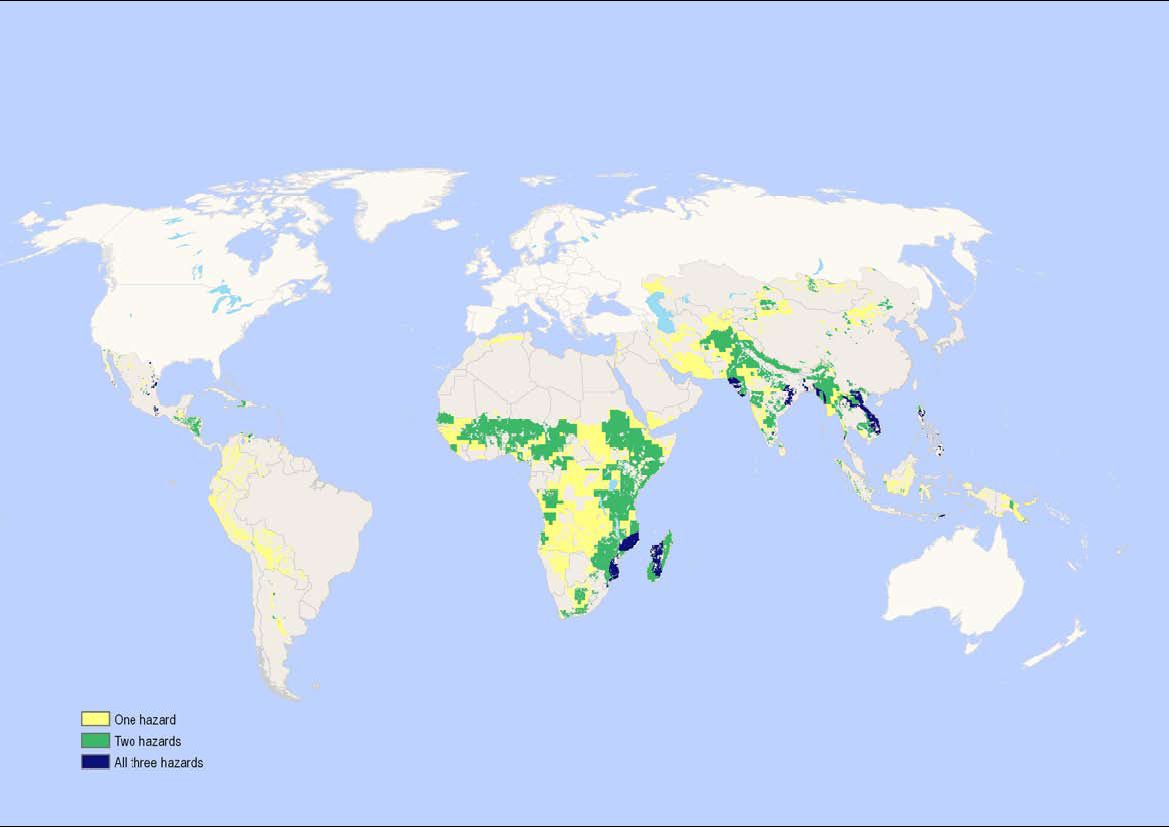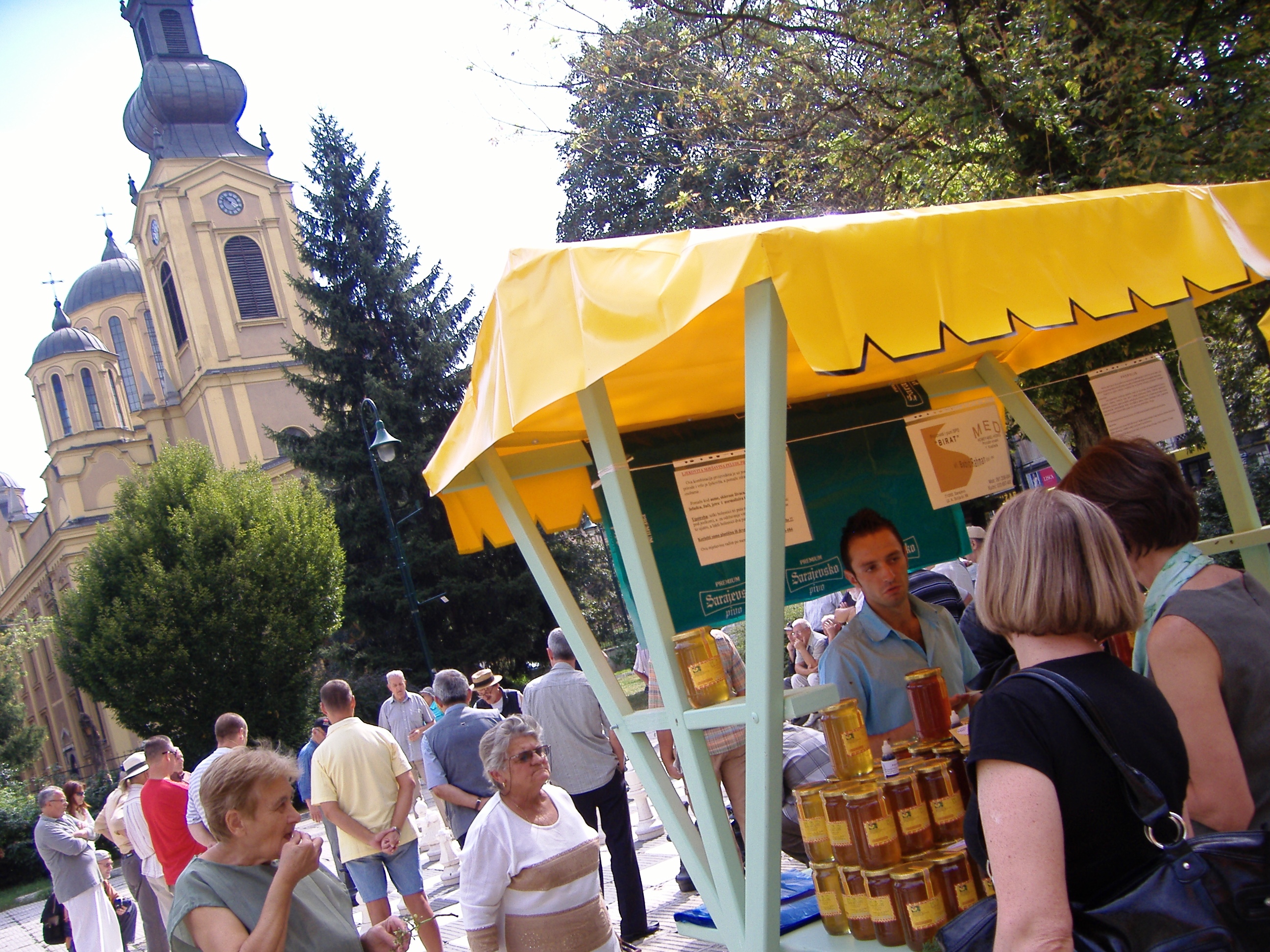From Diane Ragone, director of the Breadfruit Institute at the National Tropical Botanical Garden in Hawaii.
A catalogue of the breadfruit germplasm collection at the National Tropical Botanical Garden is now online as a searchable database on the Breadfruit Institute webpages. Varieties come to life through stunning photographs (courtesy of Jim Wiseman, DigitalMedia Hawaii/Pacific) that interactively present the visual gestalt of each tree, so necessary for accurate identification.
The database combines variety information acquired during field work in the islands of origin as well as descriptors, weights, and measurements of fruits, leaves, seeds, and male flowers, collected during a decade of research on the breadfruit trees at Kahanu Garden. Data and photographs are now available for close to 80 varieties. The entire collection of more than 100 varieties and three species will become available as photographs and data are completed.
Varieties from the Cook Islands, Federated States of Micronesia, Fiji, Hawaii, Kiribati, Mariana Islands, Palau, Samoa, Seychelles, Solomon Islands, Tonga, and Vanuatu are currently represented in the database.
The database search page allows the user to find varieties by searching on scientific name (species), variety name, geographic origin, distribution, fruit weight, shape, or skin texture, seed number, and find those that do well in coastal, sandy soils or atolls. There is also a search option for varieties that will be available for distribution. Other search options include 20 selected varieties, a Pacific map showing where varieties were collected, and a list of variety names and synonyms.

